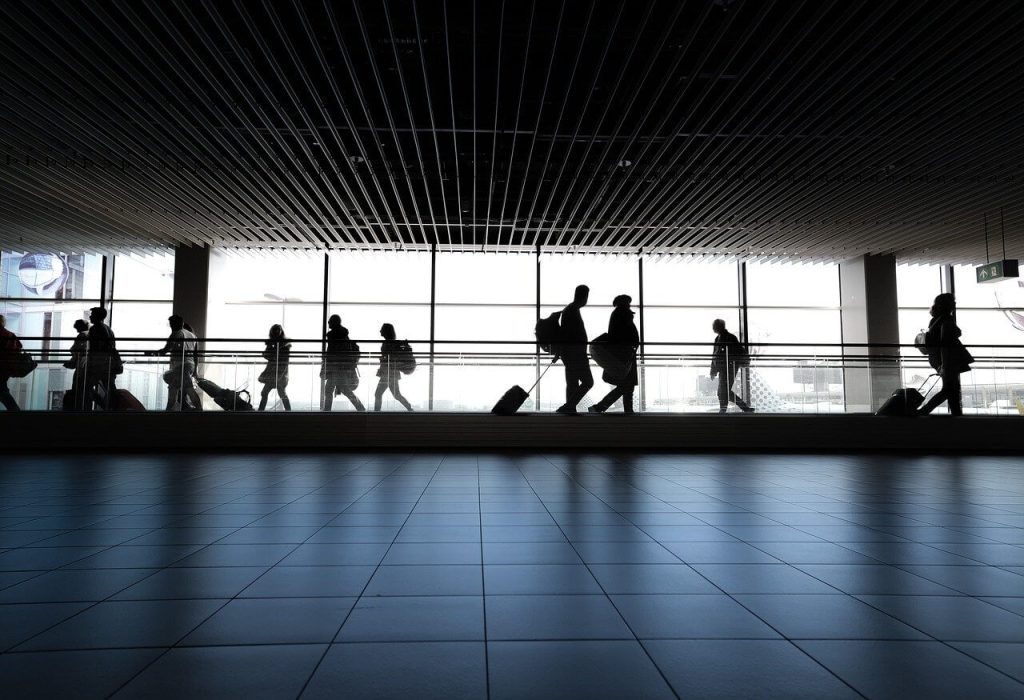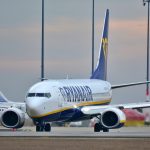While the number of tourists arriving by road in Croatia in recent weeks is the same as in the record 2019, aircraft and passengers at Croatian airports are still significantly less than pre-epidemic times. Tonči Peović, director of Brač Airport and the Air Transport Association president, which brings together all Croatian airports and airlines, talks about the challenges facing civil aviation with Jutarnji List.
What is the traffic like at Croatian airports?
“Traffic is returning, but we are not even close to the figures from 2019. In the first six months, we achieved 16 percent of the traffic of 2019, but July brought a dose of optimism with about 30 percent of passengers compared to 2019. In the first seven months, we are at 25 percent of 2019, and if there are no major disruptions with the measures, I believe that this trend will continue in August and September and that in the whole of 2021, we will have 35 to 37 percent of passengers compared to 2019. The biggest drop in the number of flights are from North and South America, as much as 60 percent, and toward other markets about 40 percent. The drop in the number of passengers is somewhat bigger because the planes are less crowded. Purchasing power seems to have fallen, and epidemiological measures are often not clear enough.”
British Jet2 has recently established numerous routes to Split and Dubrovnik; Ryanair has started flying to Zagreb and is announcing many new routes. Is there a reason for optimism?
“Of course there is. Ryanair is the first operator in the European sky in terms of the number of flights.”
Is the low-cost model the future?
“I wouldn’t say. Low cost is rising, but all models must be represented. Traditional carriers that adapt to the new conditions will survive. Currently, 39 percent of traffic in Europe is held by low-cost carriers, 44 percent by traditional companies, and 12 percent by charter companies. Air traffic has become more accessible than ever. Before the crisis, the annual number of passengers in the world was seven billion. Low-cost airlines bring in less revenue to airports. Therefore, I am not sure how good the Ryanair base is being established in Zagreb. This will bring great uncertainty to Croatia Airlines. In Split and Dubrovnik, Ryanair pays the same price for airport services as all other companies.”
Last year, only 2.2 million passengers were transported through all Croatian airports, and in 2019 there were 11.5 million.
“Last year is better to forget. We are at least twice as good now. Dubrovnik, for example, had 60,000 passengers in June and only 10,000 last year. So I hope this season will be quite long. If the weather is good and the epidemic doesn’t go wild, we could have the season until the end of October.”
Why does air passenger transport recover more slowly than road transport?
“The companies offered flights, but they fill up less. Passengers prefer to come by personal vehicles because they have the freedom to return whenever they want. We didn’t even have guests from Scandinavia, the UK, and the US in the first half of the year. Now that the measures have eased, it will take time for the traffic to start. People usually buy tickets a month before the flight. And many passengers were unable to return from distant destinations last year due to the measures. Fearing this will happen again, people are less willing to travel by plane. Today, even guests from Sweden come to Croatia by car, which is a two-day trip.”
If the epidemic calms down, how long will it take to reach the number of passengers from 2019?
“There are estimates that it will take three to four years. I estimate that many weaker airlines will go bankrupt in the fall, mostly those with a smaller fleet that will not pay for aircraft leasing. This year, the price of kerosene is also very high, about $75 per barrel, and last year it was $15. On the other hand, new companies that do not have losses from previous years are being established, so they are attractive to investors. For example, Croatian Trade Air recently acquired a new aircraft with four Airbus 320s and several more Fokkers with about 100 seats. In contrast, another small Croatian company, EasyFly, already has three aircraft. Regarding the number of seats, the two companies together are almost as big as Croatia Airlines.”
How do Croatian airports operate in these times of crisis?
“It is easier for airports than for airlines because they have a larger share capital than income. Croatian airports will be on the verge of covering workers’ salaries with their revenues this year. We asked the Government to continue with the support measure of HRK 4,000 per worker. We want no one to lose their jobs because our workers are specially educated, and we want to keep them for the future. We get support from the state if we prove that our turnover drop is greater than 70 percent compared to 2019. Without that, we would have to borrow from banks.”
For more, make sure to check out our dedicated travel section.









